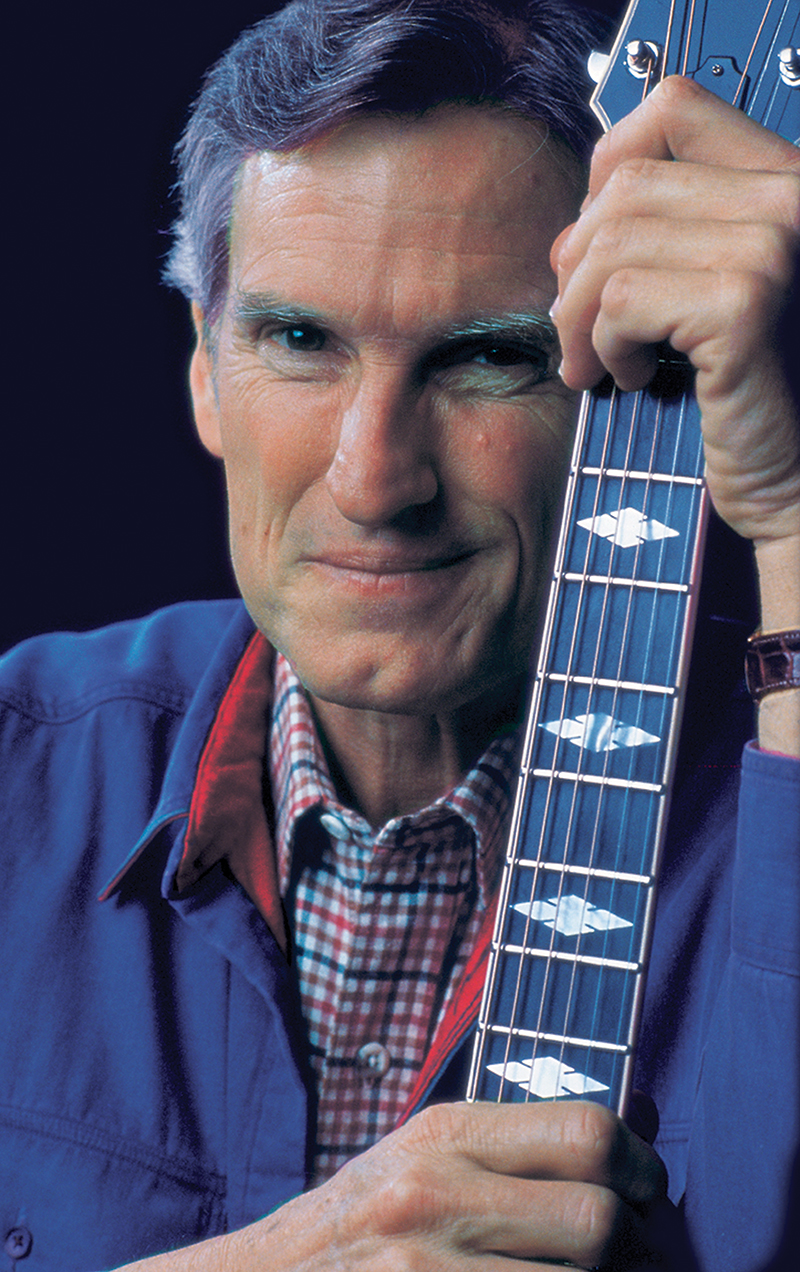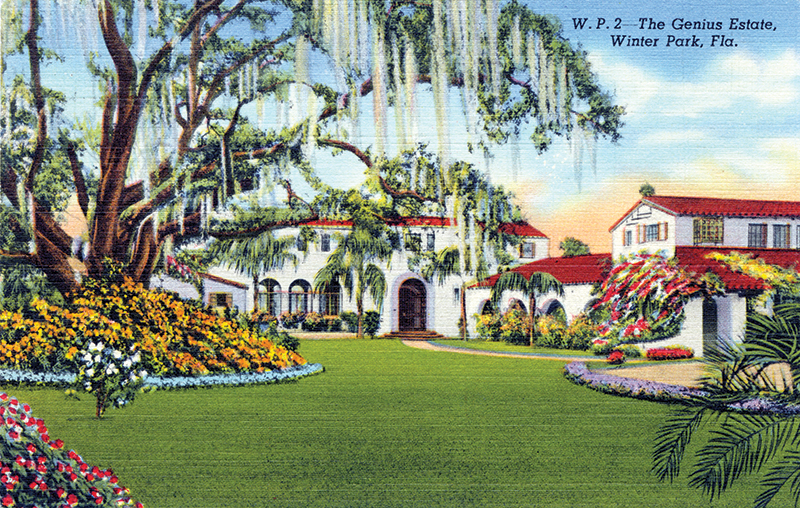
Gamble Rogers was known as the Oracle of Oklawaha. Maybe a better nickname would have been the Poet of Park Avenue—although that moniker would not have embodied the rustic Old Florida flair that Rogers embraced.
The life and music of Rogers, the state’s most enduring troubadour, will be celebrated Friday, Saturday and Sunday, April 11, 12 and 13 during the annual Gamble Rogers Folk Festival at the St. Johns County Fairgrounds near St. Augustine. There’ll be a who’s who of national folk-singing headliners as well as an array of regional and local performers.
The Gamble Rogers Folk Festival and Concert Series is a nonprofit organization with a mission to preserve its namesake’s legacy and to foster an appreciation for arts, music and storytelling through monthly music workshops at schools in St. Johns County.
Too bad that Winter Park, where Rogers was born and raised, hasn’t yet found a way to honor this iconic (and heroic) balladeer. Maybe that’s because most Winter Parkers these days know the name Gamble Rogers as that of a celebrated architect, whose buildings helped to define the city’s quasi-European ambiance.
James Gamble Rogers II was the singer’s father. During the course of a 60-year career, he designed many of the area’s most elegant homes and helped to shape the environs of the Rollins College campus.
The elder Rogers’s son, however, chose a different path. After graduating from Winter Park High School in 1955, he enrolled at the University of Virginia. He didn’t manage to graduate from there, though. Nor did he graduate from Rollins or Stetson University, both of which he attended.
He worked in his father’s architecture practice for a few years—but the lure of music was too strong. So the younger Rogers began to moonlight as a folk singer and played his first gig around 1960 at a club called El Caribe located on Park Avenue North.
He later performed with a folk group in Tallahassee and, for a time, was a member of The Serendipity Singers, appearing with the group on The Ed Sullivan Show, The Tonight Show and Hootenanny.
But homogenized folk music wasn’t Rogers’s cup of tea. He embarked on a solo career, honing his stage persona and his storytelling skills and earning a cult following with his original songs and his tall tales about rural Oklawaha County—which wasn’t really a place but a state of mind.
“Each and every one of the characters in my stories started out representing a specific person,” said Rogers, who was described as a combination of Mark Twain, Will Rogers (no relation) and Woody Guthrie. “The characters may tend to be outlandish, but their statements resonate with a certain amount of horse sense.”
Never a superstar, Gamble Rogers nonetheless found a loyal niche audience, appearing frequently on NPR and once in concert at Carnegie Hall with Doc Watson. He was revered by intellectuals, who admired his facility with the language, as well as by old-school Floridians who provided fodder for his creative output.
Rogers died in 1991 while trying to rescue a child from drowning at Flagler Beach. He was only 54. It was an act of bravery that friends say was entirely in keeping with his character. He rests in Winter Park’s Palm Cemetery, in a wooden casket built by friends. There is a certain, well, serendipity to that.
For more information about the Gamble Rogers Folk Festival, check gamblerogersfest.org. Maybe one of these days we won’t have to drive to St. Augustine to see a tribute to “Florida’s Troubadour.”

CORRECTION
In keeping with our policy of owning up to bone-headed mistakes even if everyone else has forgotten about them, you should know that in the winter issue we inexplicably referred to Dr. Richard Genius as Jeannette Genius McKean’s brother in a story called “Places in the Heart.” While Jeannette did have a brother named Richard, who lived in Chicago, the Richard referenced in the story was meant to refer to Jeannette’s father, a physician also named Richard. So, the copy should have read as follows: “The Genius Estate, originally known as ‘Wind Song,’ was built in 1936 by Dr. Richard Genius on land inherited from his father-in-law, Charles Hosmer Morse, the industrialist who developed much of Winter Park and died here in 1921. The home is located along the shores of Lake Virginia in the Genius Preserve, which is tucked behind a present-day subdivision also called Windsong (one word). Wind Song was later occupied by former Rollins College President Hugh F. McKean and his wife, Jeannette Genius McKean (daughter of Dr. Genius and his wife, Elizabeth Morse Genius, who died in 1928). Today the property is owned by the Elizabeth Morse Genius Foundation. The home is not occupied nor open to the public and is used for various purposes by the foundation.”
